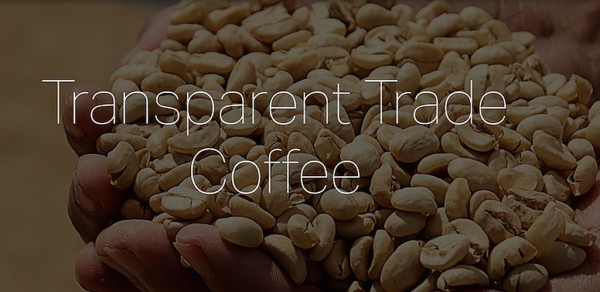A team at Emory University’s Goizueta Business School has been putting together a retail price index for largely directly traded, single-origin roasted coffees in the United States and Canada. The index turns traditional price indicators on their heads by pitching roasted coffee retail prices, rather than green coffee prices, as a benchmark.
The work is part of the Social Enterprise @ Goizueta program, which explores how business acumen and market-based solutions can have the ability to “achieve meaningful and enduring societal impacts.” It also raises some seriously interesting questions about pricing yardsticks among many businesses who are buying and roasting at the industry’s upper echelons.
Before we get into the index itself, some explication of methodology may be in order.
Transparent Coffee Registry
SE@G has named the coffee-specific project Transparent Trade Coffee. The work being done under that name is on two main fronts. First is the Specialty Coffee Retail Price Index (SCRPI), but the group is also keeping a registry of roasters who demonstrate, with documentation, FOB prices paid for specific coffees (to this point, only Farmers to 40, Bird Rock Coffee Roasters and Counter Culture Coffee are listed). That initiative follows these principles:
Coffee producers are primarily responsible for the excellent coffees that we drink. This is why more and more specialty coffee markets are recognizing and celebrating the many contributions of these producers. However, the current structure of global coffee markets is such that these producers have a hard time being adequately compensated for the work that they do on their farms and in their communities.
It is time to clearly and succinctly inform coffee consumers about the economic treatment of coffee producers. To accomplish this goal, Transparent Trade Coffee provides:
-
A forum for direct trade roasters that are genuinely committed to transparency in their dealings with coffee producers, and;
-
A simple communication vehicle so that consumers can — at the time of purchase — know how much of their coffee dollars are going back to producers.
As a caveat, the group acknowledges that FOB prices are only a small part of the economic sustainability story in specialty coffee, but it says that “a clear articulation of the effective share of retail prices that is going to producers” can be an effective “launching point.”
Specialty Coffee Retail Index
Now, back to the retail price index, which the group says was designed to track retail prices among “blue chip” roasters in North America. TheSE@G team is currently tracking the prices of bagged, whole bean coffee from 58 roasters (60 is the target number). Here’s more from SE@G on what kind of market segment the SCRPI is representing:
We focus on roasters whose coffees receive the lion’s share of attention from Coffee Review, and those who receive many of the Good Food Awards and Roast Magazine (Roaster of the Year) Awards. To capture both ends of the specialty coffee market, we visit the website of each Index roaster quarterly and record information about their lowest- and highest-priced coffees; ignoring the very high-priced Blue Mountain, Kona, Geisha/Esmeralda and Civet/Kopi Luwak coffees.
Coming from an academic center inside a business school, the resulting index is not necessarily designed as a resource for industry. SE@G is presenting it more as a foil to traditional price points and indicators, such as Fair Trade minimums and the International Coffee Organization composite indicator for commodity coffees. The group seems to be suggesting there is some value in simply juxtaposing these numbers. (For example, there may be some important questions raised in the minds of consumers when a bag of roasted coffee marked as “direct trade” sells for $22 per pound, while the ICO’s composite indicator for green coffee currently sits at $1.27 per pound.)
Of course, such a comparison is deeply convoluted, but “launching points” into the supply sustainability conversation are of benefit to all.
Nick Brown
Nick Brown is the editor of Daily Coffee News by Roast Magazine.







Comment